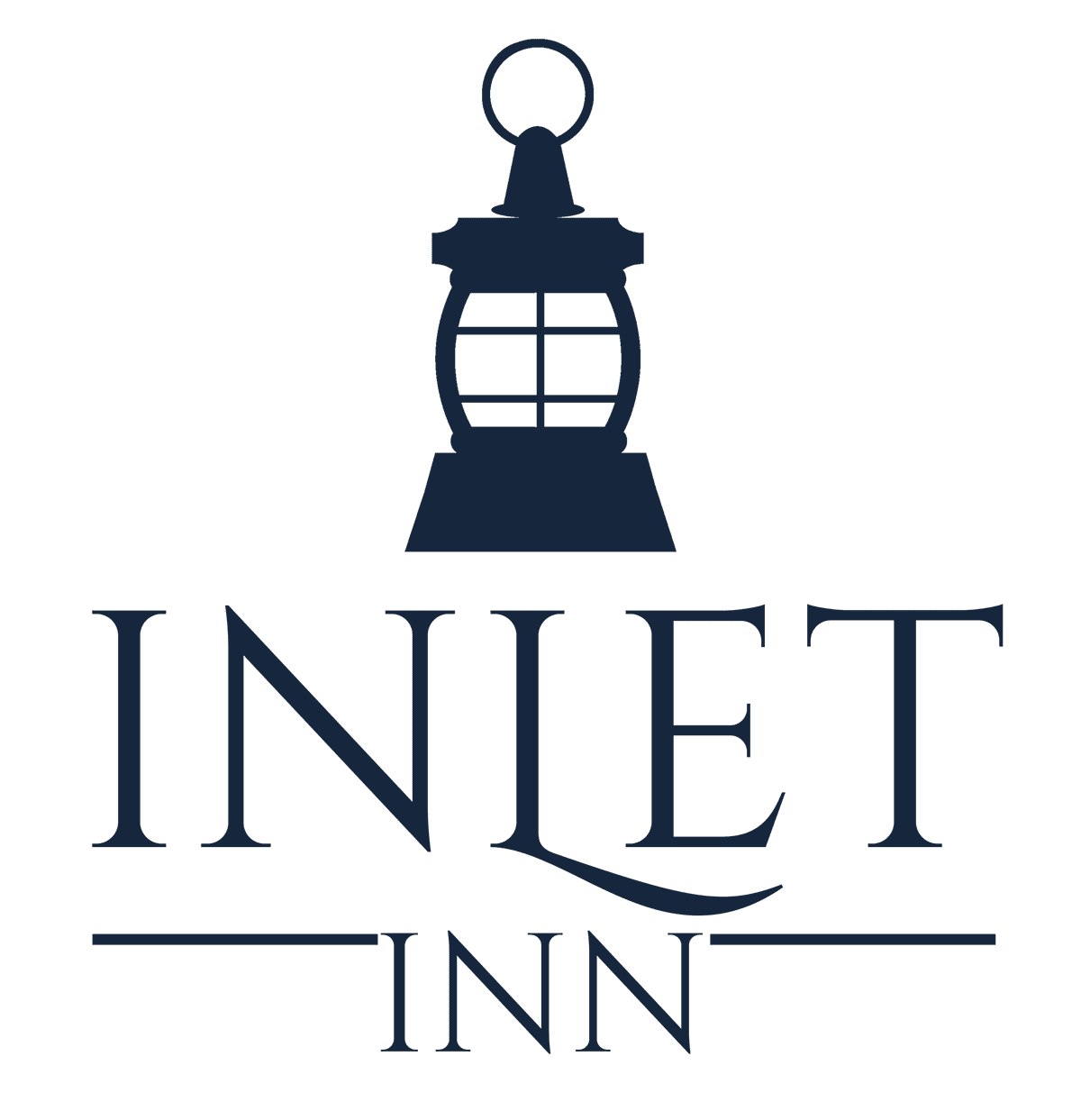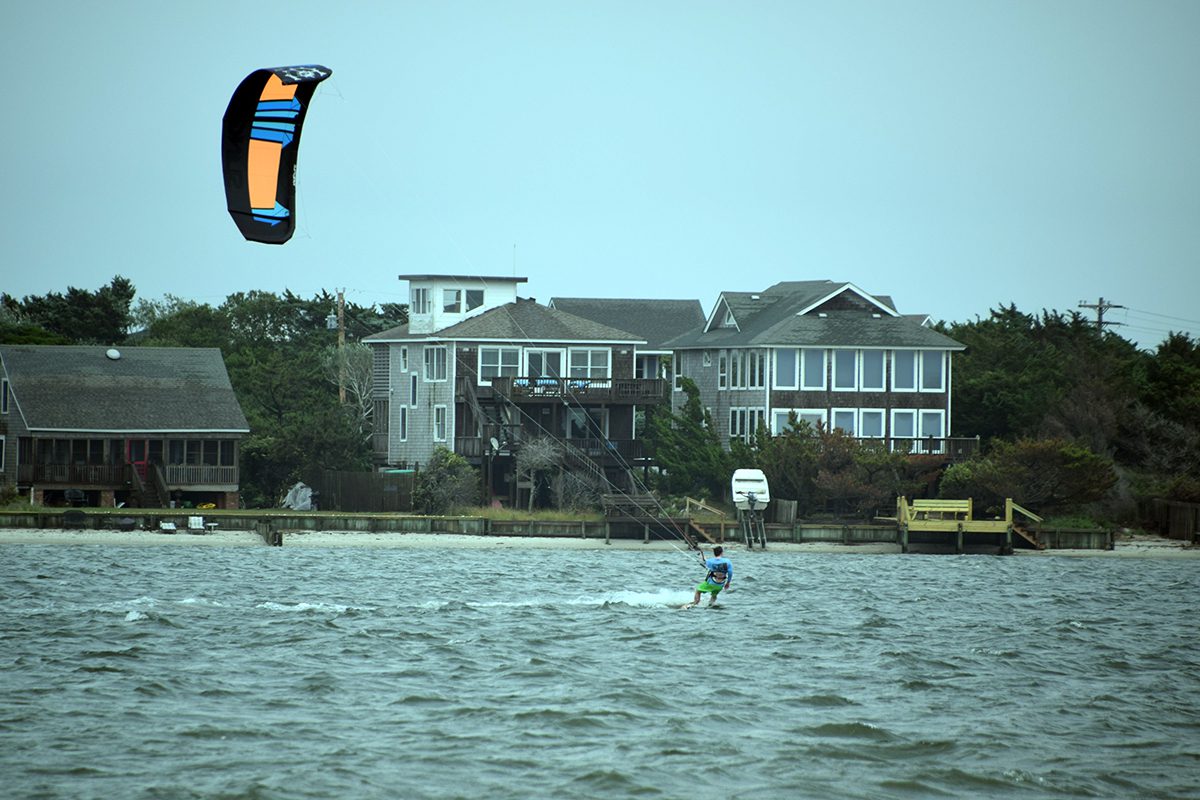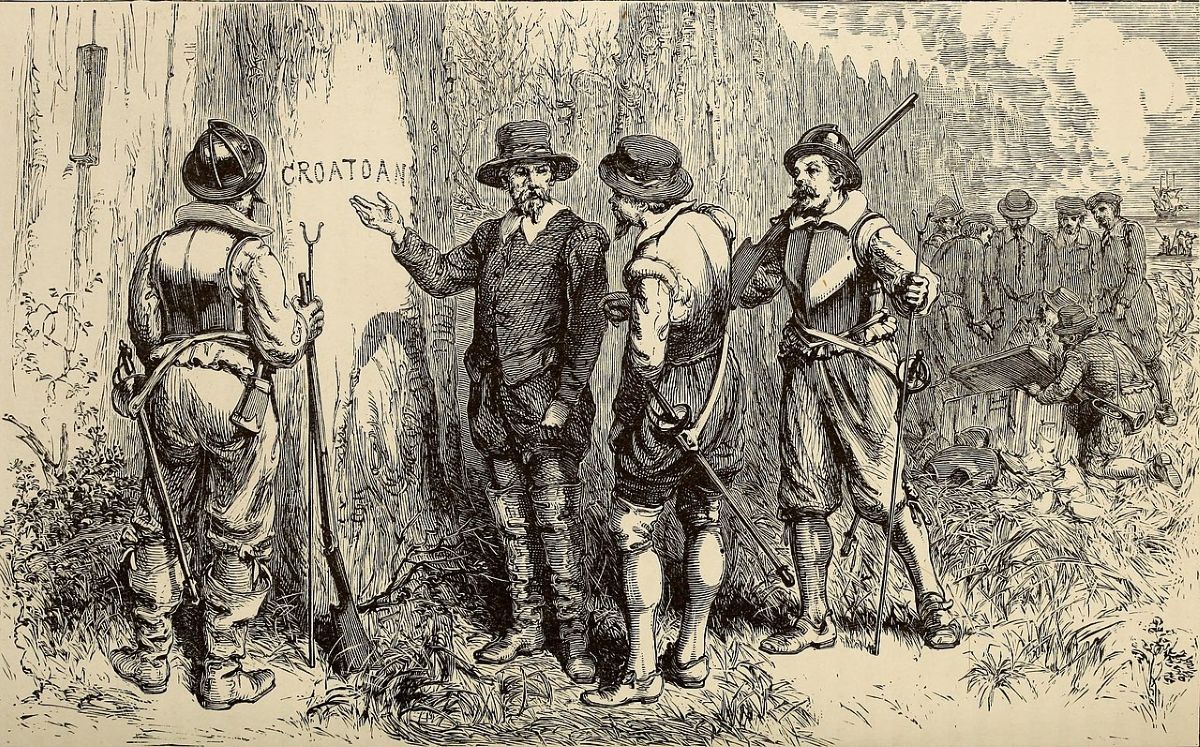Reprinted from The Island Free Press
FRISCO — “This is a hobby that’s gotten out of hand,” Lou Browning, a longtime Hatteras Island resident, jokes of his work. “And it’s an expensive hobby.”
Sponsor Spotlight
All joking aside though, Browning has spent a lot of his time—and a whole lot of his money—over the past few years performing a valuable service to the non-human residents of the Outer Banks.
He is the island’s only federally permitted wildlife rehabilitator, and one of just two active federally-permitted rehabbers in northeastern North Carolina. He spends his days rehabilitating ill and injured birds and reptiles at his Hatteras Island Wildlife Rescue Center so that they can be re-released into the wild.
Browning himself is an intelligent and fascinating person. Something of a Renaissance man, he has an impressive cache of knowledge on a diverse range of subjects.
He is an engineer, an artist, a nature enthusiast and a scientist. He has worked as a commercial fisherman, a diver for the N.C. Aquarium, a sculptor and a co-owner of Browning Artworks, a gallery he owned and operated for 20 years with his artist wife, Linda.
And about 10 years ago, he added wildlife rehabilitator to his repertoire.
Sponsor Spotlight
Browning began the process by getting a state permit that allowed him to work with small mammals, reptiles and non-migratory birds — working with migratory birds requires a federal permit.
He worked under that permit for a while, honing his skills and expanding his knowledge of the animals and the process of rehabilitation.
But, since the U.S. Fish and Wildlife Service considers all bird species indigenous to the United States as migratory, the state permit left Browning legally unable to work with the majority of avian islanders.
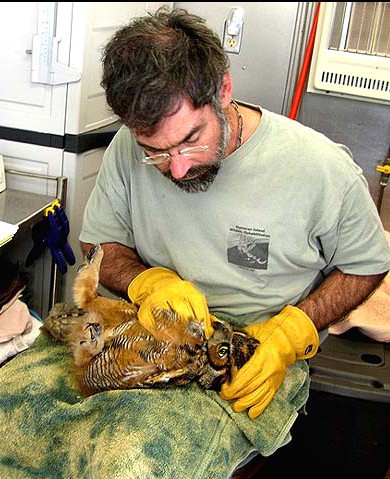
And because the only federal permit-holder in the area, Elizabeth Hanrahan, had moved from Ocracoke to Edenton, Browning found himself driving as much, or more, than rehabbing.
It got to the point where he had two viable options: He could either get a federal permit himself, or, he could continue transporting all migratory birds to Hanrahan, which, probably sooner rather than later, would have left him bankrupt with a carbon footprint the size of East Asia.
So, he began the arduous process of becoming a federally-licensed rehabber.
Now, getting a federal rehabilitation permit is sort of like getting an acceptance to Harvard—it isn’t easy to come by, and once you get it, things don’t necessarily get easier.
In order to be eligible for a federal permit, applicants must spend at least one year as an apprentice to a federally-licensed rehabber and must log a certain number of hours.
When they apply, they have to submit a letter of recommendation from the federal permit-holder stating that the applicant is capable and worthy of the responsibility, a letter of recommendation from a government agency and a letter from a veterinarian stating that he or she is willing to work with the candidate.
On top of that, the applicant needs to demonstrate education above and beyond the minimum requirements and is required to have built penning up to federal standards.
And even then, even if the applicant does all that, he or she isn’t guaranteed a permit.
Well, Browning did all of that.
He said he had no trouble getting his letters.
Hanrahan, with whom he had apprenticed, was more than happy to comply. The National Park Service, recognizing the need for a rehabber on the island, wrote him a letter of recommendation and the veterinarians at Roanoke Island Animal Clinic happily agreed to work with Browning when he needed it.
Browning also took supplemental avian courses, and he updated the pens on his spacious, secluded land in the Frisco woods to meet federal standards, including building a 12-by-10-by- 30-foot flight cage, built entirely of wood (mesh and metal will damage the birds’ wings during their rehab).
In the end, his efforts paid off. Browning got his permit in February 2008, and that’s when the really difficult work began.
He gets calls from just about everybody—the Park Service, U.S. Fish and Wildlife, the SPCA, the county sheriff’s department and individuals—and with very few exceptions, he always goes and gets the animal in question.
Travel is a necessary part of the job, but it’s the most time-consuming and expensive part.
Browning says that of all his expenses—medicines, equipment, vet visits, specialized foods and so on—it is travel that eats up more of his budget, which is 100 percent donation-supported, than anything else.
The animals he receives fall into two basic categories — ill and injured — and the cases he accepts are about half-and-half.
Of the two, illness, he says, is the more difficult to diagnose. Even for trained veterinarians, diagnosing illnesses in wild animals is tough. They can’t talk to you, and their maladies are less widely understood than those of domesticated animals.
This is particularly true of birds, which engage in a practice known as “masking.”
A natural adaptation as a defense against predation, birds will intentionally hide, or mask, illnesses in an effort to appear strong enough to fend off predators. They often appear perfectly healthy right up until the moment they collapse.
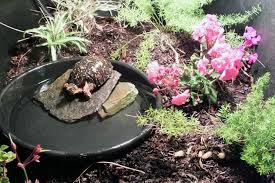
While most cases of illness are difficult to diagnose, others are easy to spot and are the result of natural cycles—nature’s way of maintaining the population of a given species.
Browning cited juvenile gannets as an example.
He said that he got young gannets all summer, “sick and emaciated because they didn’t migrate north.”
“It’s just nature,” he said.
Injuries are different.
“Trauma cases are the easiest to diagnose for a lay person,” he admits, “which I am.”
Because injuries are usually evident, they make the fundamental questions—does this animal go to the vet, does it go through rehab or does it get euthanized?—easier to answer.
Unfortunately, injuries also, usually result from human interaction.
Browning said that he frequently gets animals that have been hit by cars, have ingested hooks or have gotten tangled up in garbage, abandoned nets and fishing line.
The monofilament fishing line—mono, as it is more commonly known—has become a big problem, he said.
Left on beaches and in the water, animals get tangled in the line, and, while struggling to get free, inadvertently tighten the line around their limbs and body parts, which then cuts off circulation, sometimes causing amputation, and triggers a flood of lactic acid, which leads to acidosis—a drastic alteration of body pH that the animal cannot recover from on its own.
Even animals that have been cut loose from mono, nets or garbage should be taken to a rehabber, because acidosis, if left untreated will, in most cases, sign an animal’s death warrant.
Because of the human aspect involved in most trauma cases, they are the ones in which Browning takes the most pride.
And though he concedes that “We could do better in terms of what we leave laying around,” Browning is as practical as he is intelligent.
He maintains a realistic grasp on the nuances of nature, and he does his work without the slightest hint of superiority or judgment.
“Nobody meant for that to happen,” he says, “but it did.”
Being able to do his part to help maintain the balance between man and nature, he says, “[is] what I feel best about.”
Part of what makes Browning’s job so tough is adhering to the “cardinal rule” of rehabilitation— never, ever, tame an animal.
“The idea is that you’re not getting animals for pets,” Browning explains. “The idea is that you keep them wild, rehab them and get them back to their home.”
That may sound easy enough, but if you love animals—and, let’s be honest, you have to love animals to be a rehabber—it can be difficult to maintain that professional distance.
It takes a lot of self-control, but Browning respects the animals’ right to remain wild—and he keeps several pets around to help him resist the urge.
The summer and fall are busy seasons, and Browning is the only bird rehabber around. So there will most likely be more soon.
And that’s just fine by Browning.
“This is my passion,” he says.
Find an Injured Animal?
If you find or see an ill or injured animal on the Outer Banks, don’t hesitate to contact Browning at 252-475-4217.
Hatteras Island Wildlife Rehabilitation is 100 percent donation supported. Donations can be sent to PO Box 216, Frisco, 27936.

